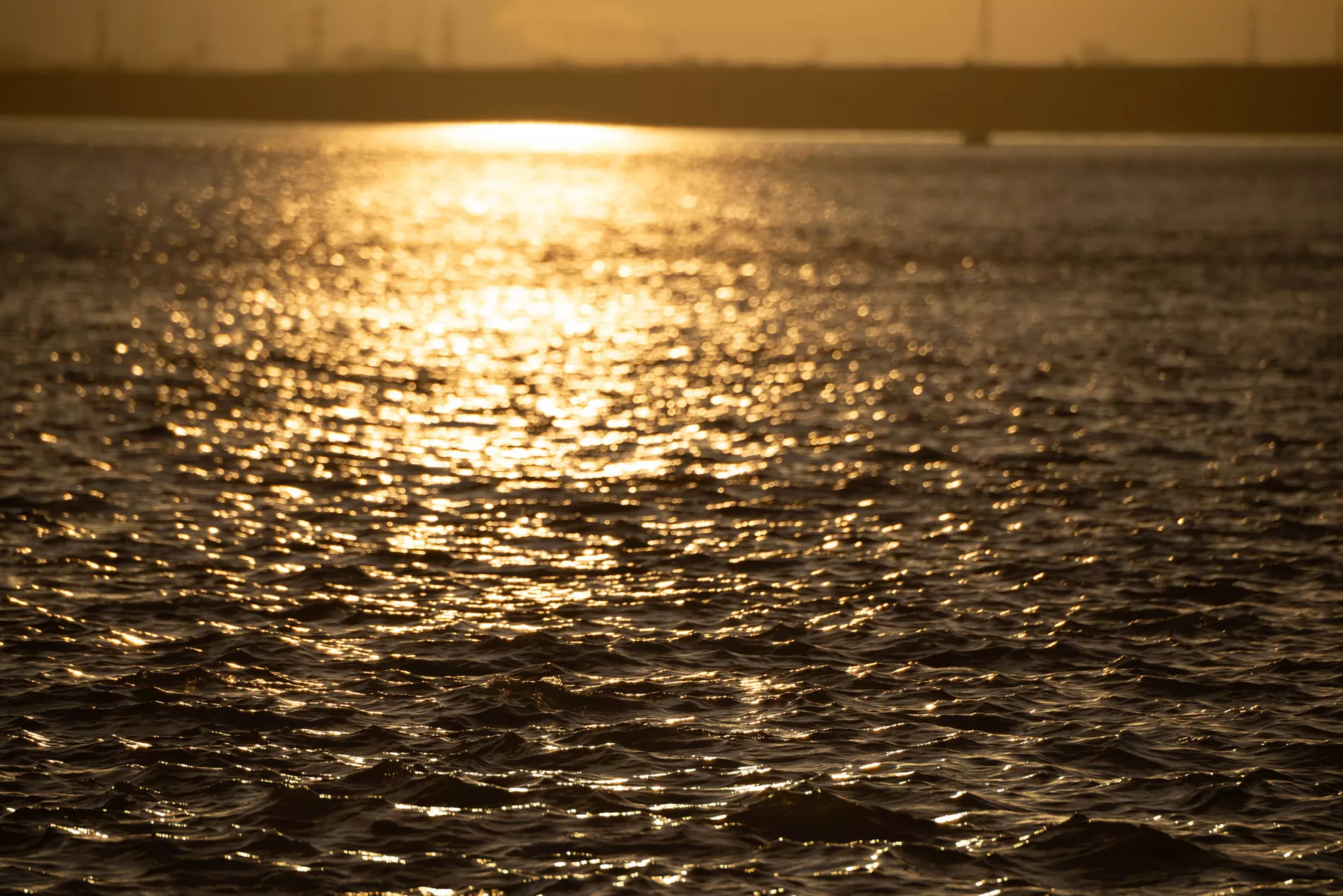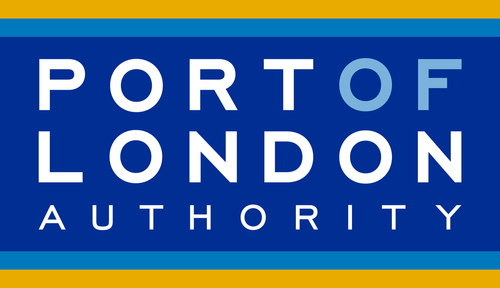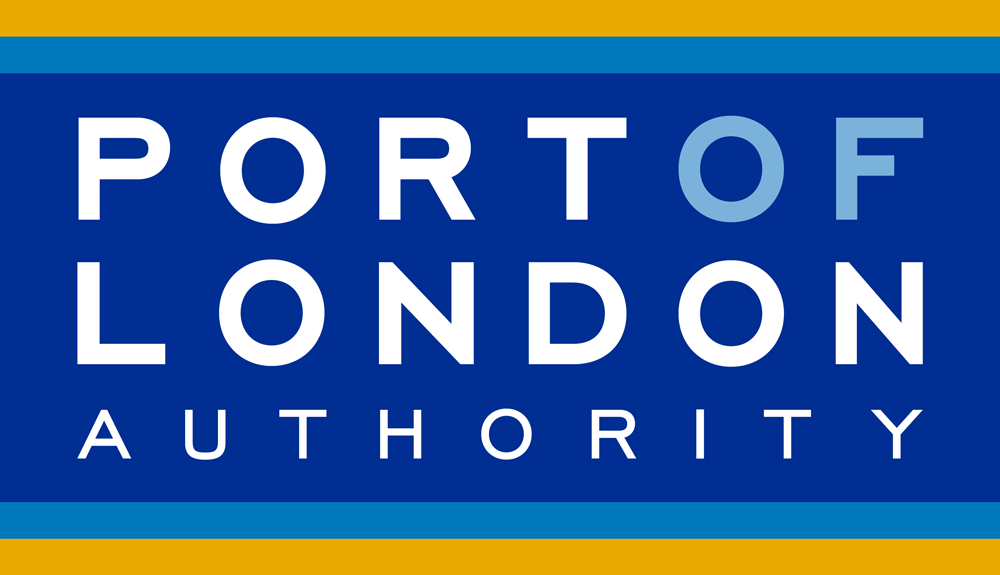Live Tides
NOTICES TO MARINERS
Charts & Surveys
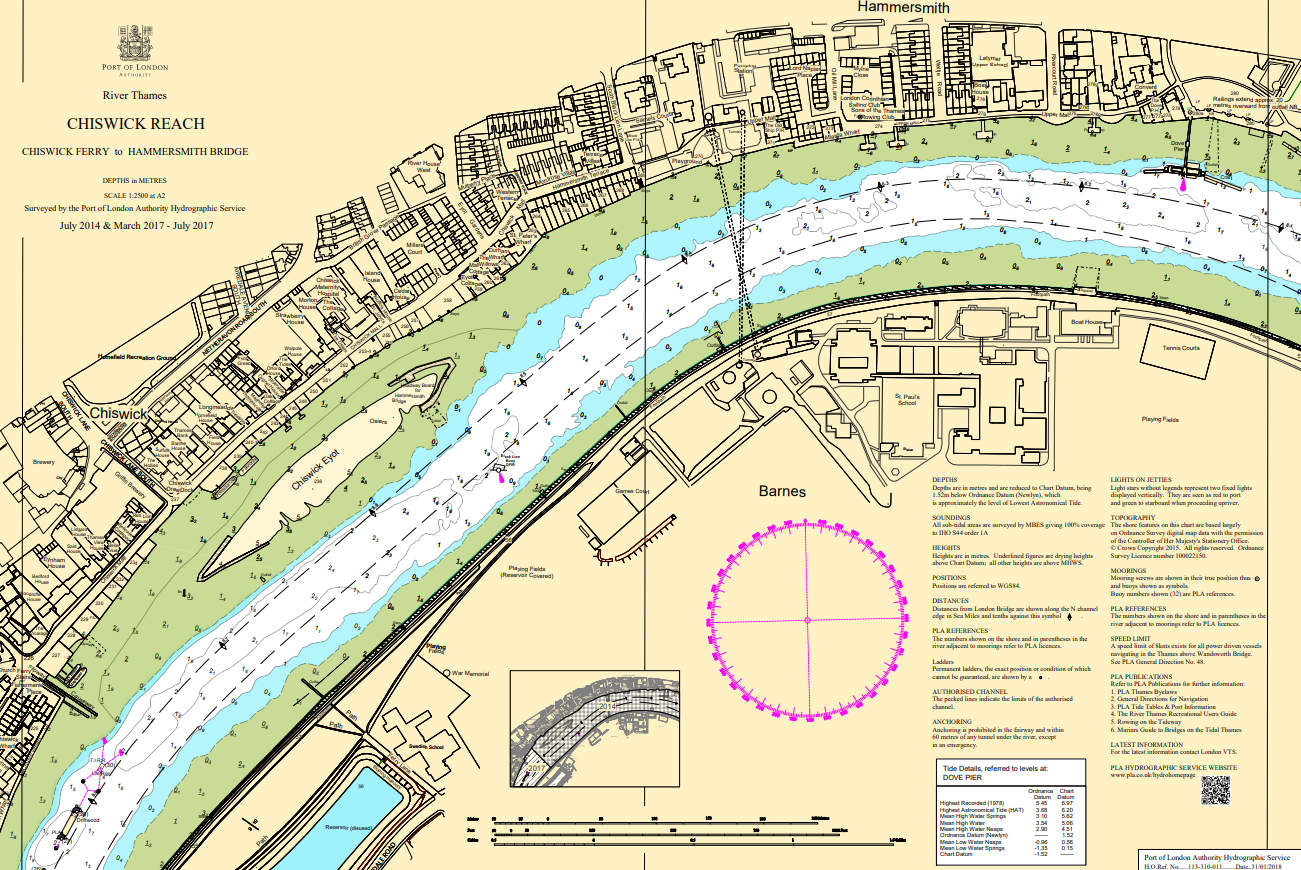
Incident reporting
Life-threatening emergencies on the river:
Call 999 and ask for the Coastguard
For near miss, safety observations and incident reporting click below
Port of London launches new trade report
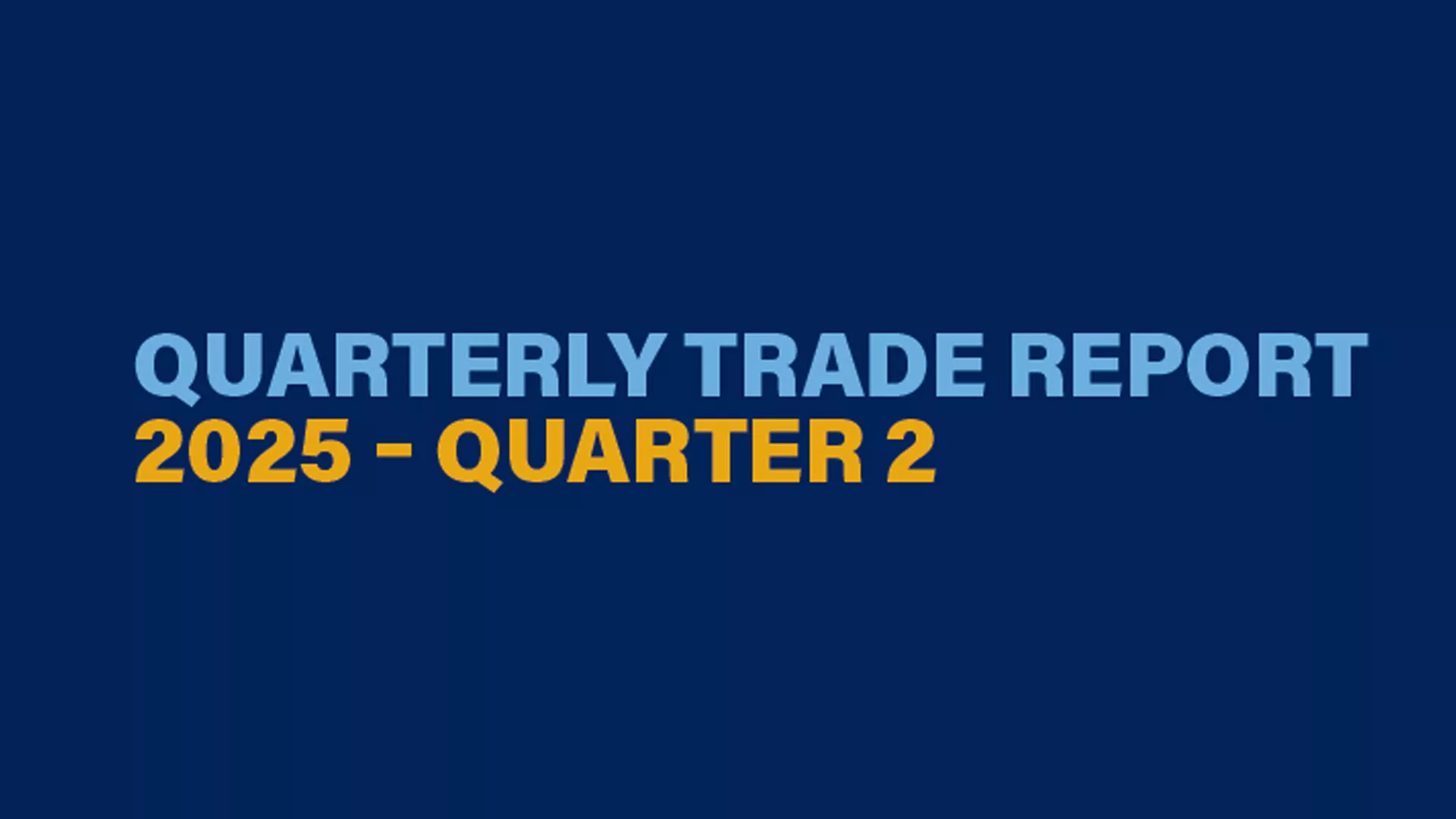
The Port of London Authority (PLA) has launched the first of a new quarterly trade report – capturing and presenting key trading data showing activity through the UK’s biggest port.
Between them, the 70 terminals within the Port of London handle around 1million tonnes of shipments every week and, for the first time, the PLA will report, by quarter, to show trends within that.
This quarter (April-June 2025) happened to see the highest quarterly tonnage for five years, with 14m tonnes moving through the port. The vast majority of this is made up of imports (11.4m tonnes), which grew by 7% this quarter. However, exports grew markedly this quarter by 42%, up to 2.9m tonnes.
Unitised cargo – container shipments – made up the biggest form of trade, accounting for 51% of all tonnage through the port, followed by oils and then aggregates (building and construction materials).
There was a reduction in trading of steel this quarter but, following a strong first quarter, tonnage of steel through the port is 13% higher than at this point last year.
Commenting on the new quarterly trade report, Steve Lockwood, Chief Financial Officer at the Port of London Authority, said:
“The country’s growth goes hand in hand with the growth of business through the Port of London. That is because ports are the front line for growth, bringing in fuels, building materials and goods, and opening up access to and from markets around the world.
“As the UK’s biggest port, responsible for more than 50m tonnes of cargo each year, the Port of London and our customers are essential for turning ambitions for growth into a reality.
“We will continue to support our customers and enable their growth by investing to make the Port of London the best place to trade, enabling and encouraging our customers to innovate - including around decarbonisation, and by backing our customers in exploring business opportunities in the tidal Thames.”
Read the report
Related content


Location: London/Gravesend Remuneration: £28,971 per annum for a commitment of up to 24 days per...

Discover
